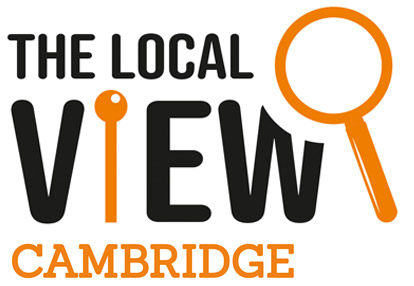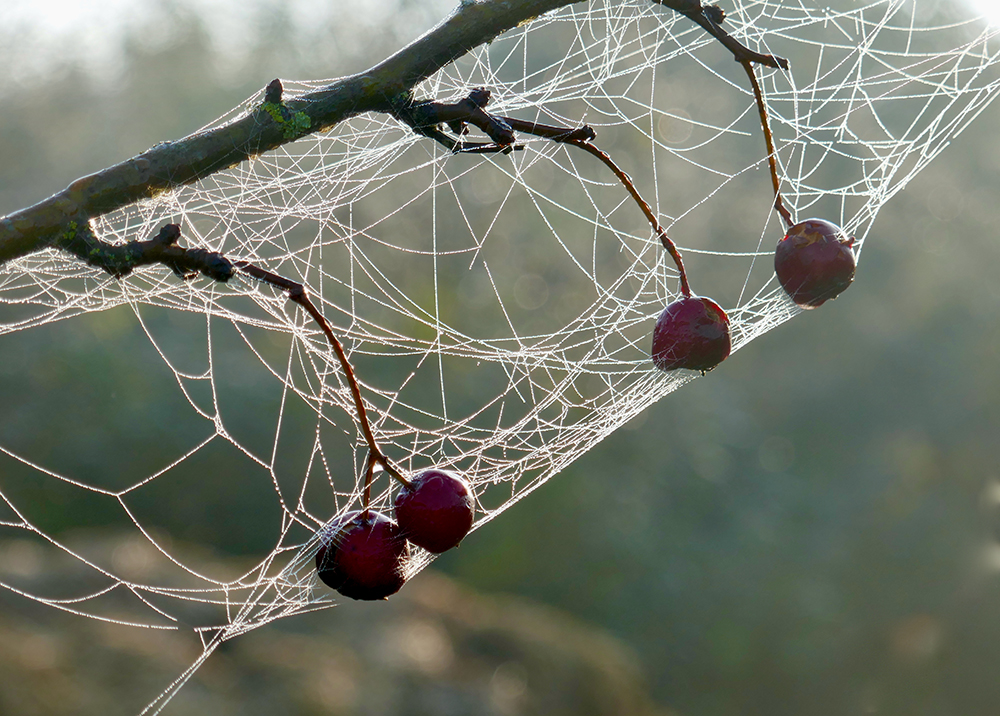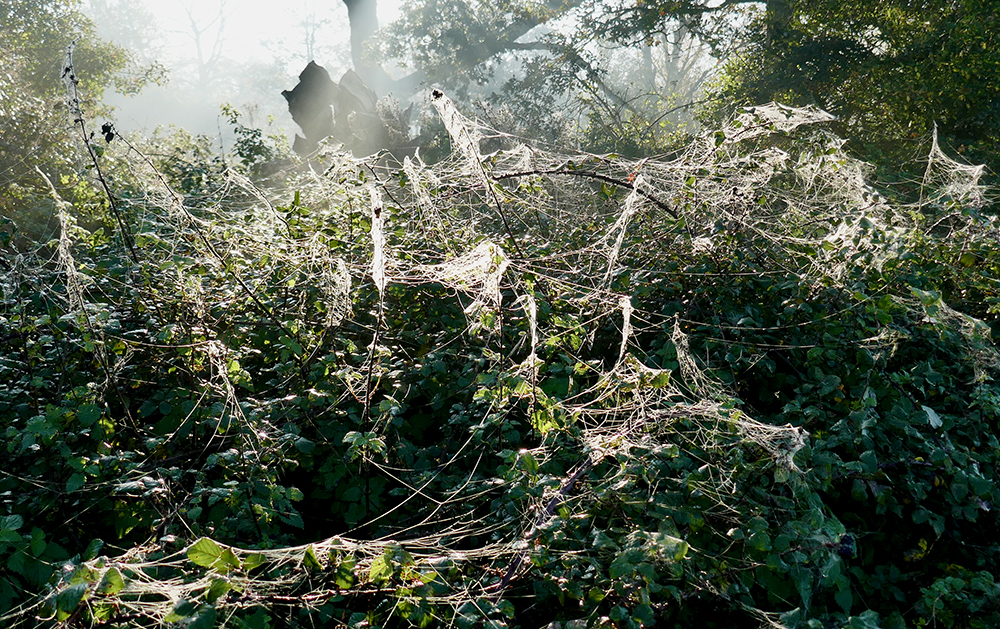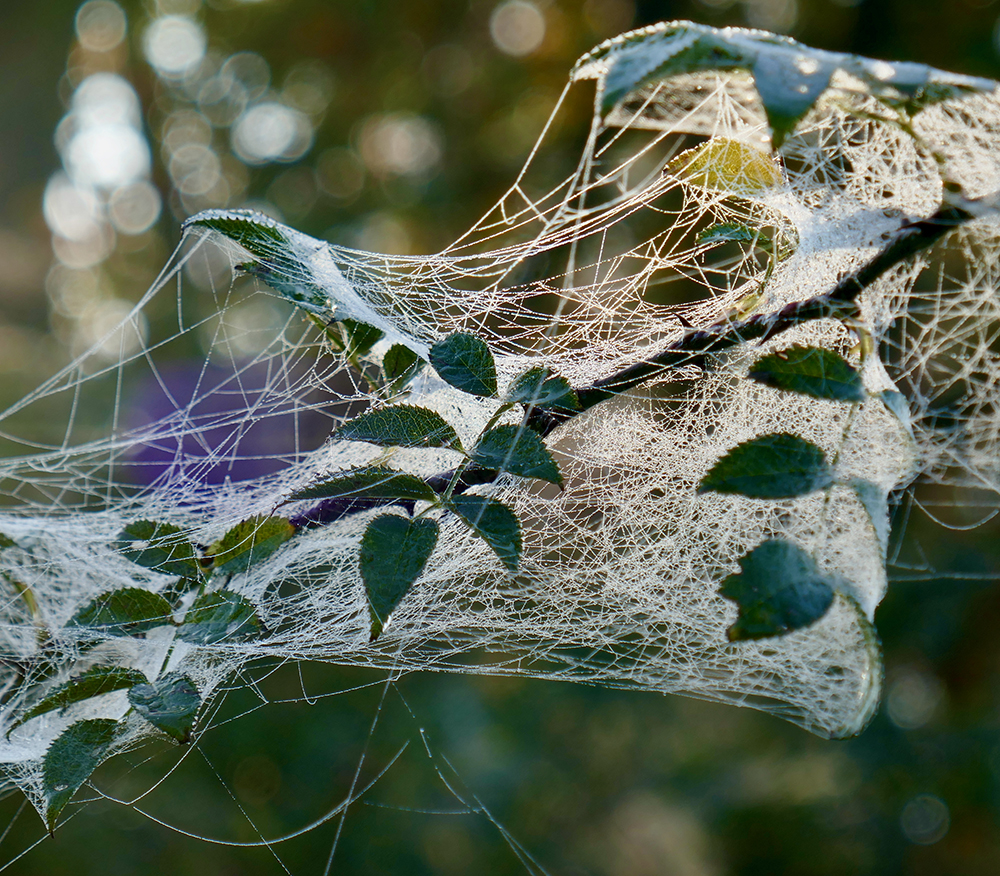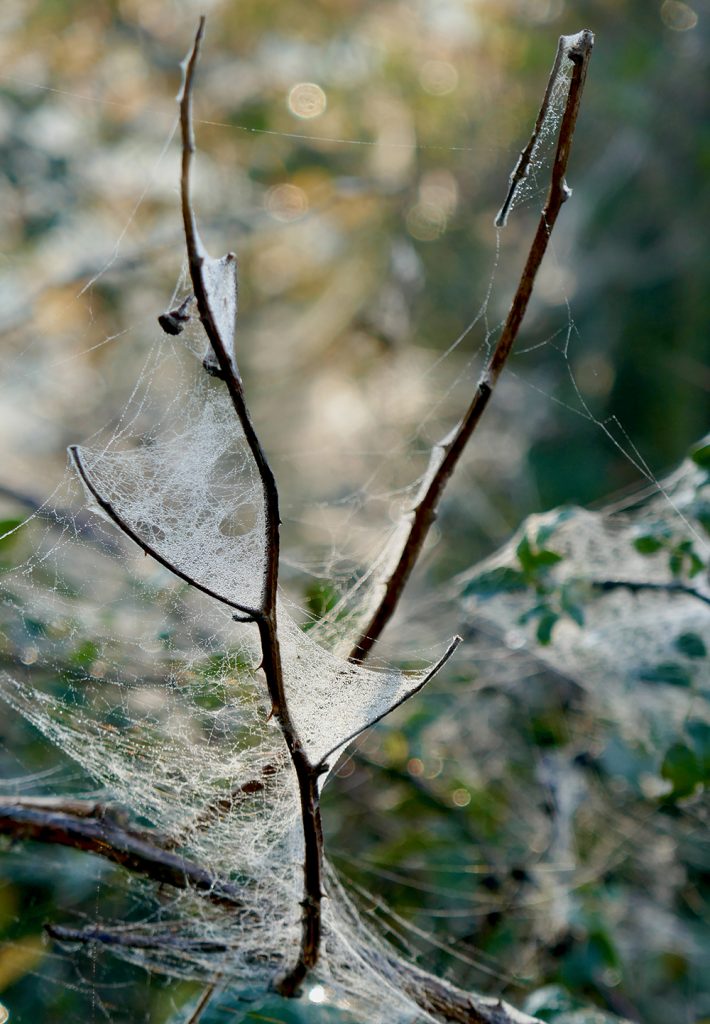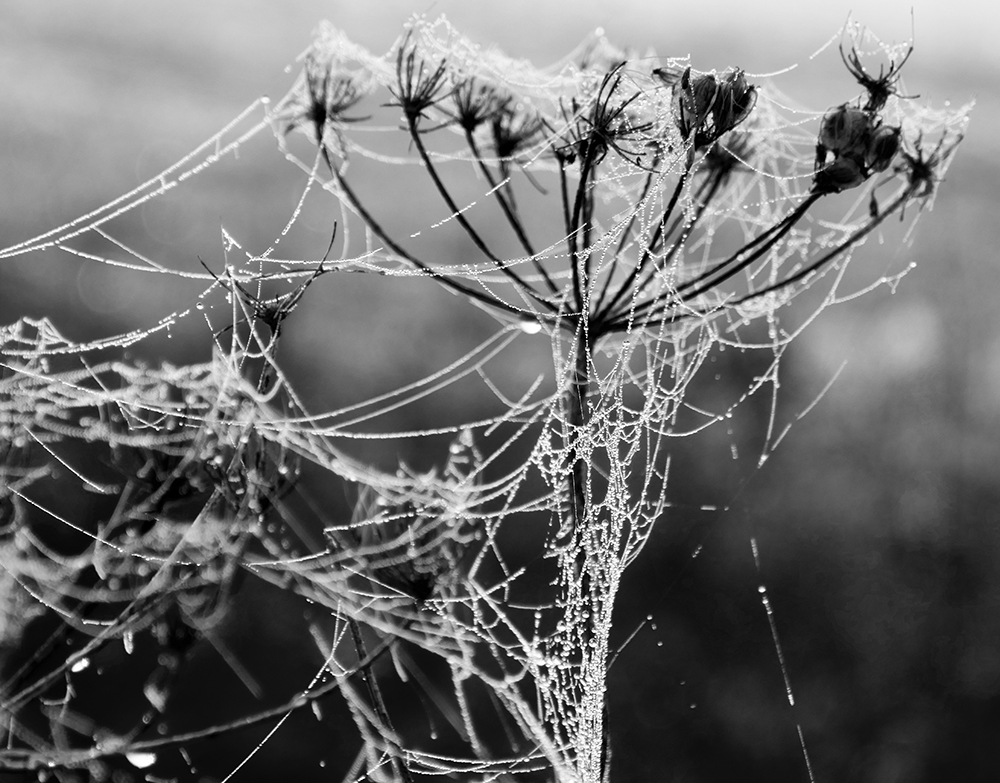At first light, when early winter mists lie softly over the fields, along country tracks on bright mornings, with low sun backlighting frosted cobwebs and the frozen stalks of last summer’s hogweed, this is a gorgeous time to walk and marvel at the splendour of local hedgerows. Redwings – splendid red speckled members of the thrush family – fly in from semi-arctic regions, from Iceland, Russia and Scandinavia. Along with fieldfares plus resident thrushes, they feed on hedges gorging on a bounty of berries and fruits. Sloe, haw, hip and holly are all on the menu. These thorny thickets provide a rich larder for birds that have flocked from harsher climes to spend their winter here.
Other birds take advantage of hedges at this time of year, too, seeking protection from whatever the elements have in store over the long winter nights. House and tree sparrows use hedges for roosting, protection from predators and even as nest sites. So too do long-tailed tits, wrens and yellowhammers who favour dense cover.
Insects in various life stages are also holed up. Dormant ladybirds tuck deep into bark crevices, and tiny butterfly eggs lodge in the forks of branches. Hidden away at ground level, hedgehogs, toads and newts also use the security of dense vegetation for their seasonal slumber. Meanwhile, tiny mammals such as shrews and voles will be feeding, sheltering and defending their territories.
Thousands of miles of hedgerows criss-cross our country in a familiar and historical patchwork landscape. Rich in wildlife, this network of green highways links the habitats and populations of so many species, all living ‘on the hedge’.
Christmas and Beyond
This has been such a tough year for everyone. But nature and wildlife have been there for us at a time when we have needed them most. Nature reserves have provided havens for anyone looking to connect to the sanctuary and sanctity of nature. Throughout the year, seasonal reminders help bring a sense of hope and continuity that only the natural world can offer, from the arrival of swallows and swifts in spring, to wildflower meadows blooming in summer and wonderful woodlands in autumn.
Anyone looking for a thoughtful eco-present as a way of ‘paying nature back’ might consider a Wildlife Trust gift membership. This is a present to last the year and discover more about wildlife in the area. Members receive Local Wildlife magazine (the children’s version is Wildlife Watch) three times a year, plus information on events, local groups, walks and talks via newsletters. But the biggest benefit of all is knowing that local wildlife in the area, and all the conservation work involved, will be helped and maintained. The trust’s work supports local wildlife in the area by protecting habitats on nature reserves and in the wider countryside, along with all the species which depend on these places.
Wild Workshops
The Wildlife Trust runs a series of workshops covering subjects from identifying birdsong to learning about grasses. The 2021 programme is now bookable. Out of necessity these are now held online, providing an ideal and accessible way to discover more about a variety subjects of the natural world. January has an introduction to birds of prey – a winter spectacle across the Fens, especially at the Great Fen. Get looking, get booking!
WORDS AND IMAGES Caroline Fitton, Wildlife Trust
This article has been reproduced by courtesy of The Fens magazine. Click here to view more of their articles.
To read other wildlife articles click here
